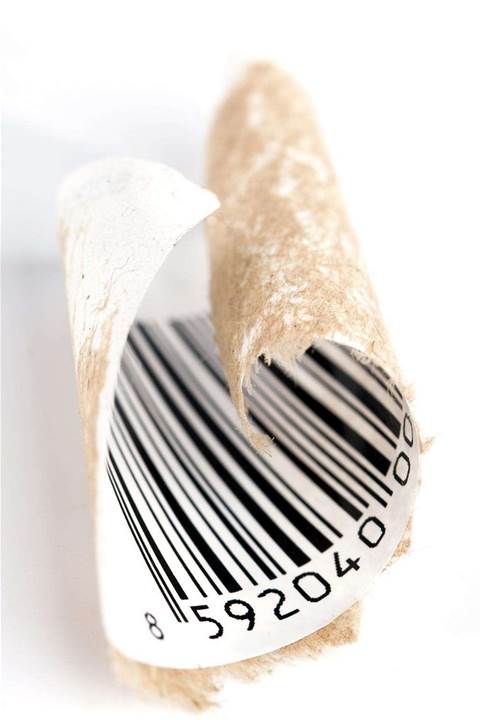If it moves, tag it
Libraries are an obvious customer for RFID tags. Melbourne Cricket Club recently tagged its collection of 100,000 books, which reduced the time required to stocktake by 90 percent when compared to using barcodes. RFID also makes it far easier finding lost or misplaced books.
Another innovative use of the tags is by legal firms or government departments to track important documents as they are moved around the building. If readers are placed in doorways and under employees' inboxes, documents can be located within seconds.
Zimmerman says a US-based legal firm that implemented such an RFID document tracking system found it paid for itself within eight months. Because documents could easily be located, assistants became more productive and no longer spent their time running around the various partners' offices looking for documents and the company no longer had to duplicate work to replace missing files.
Kevin Cohen, CEO of RFID integrator Ramp, described two installations where active tags, which can track objects up to a kilometre away, were being used to save lives.
In China, the port authorities installed the readers into ports to automate the process of tracking fishing boats.
The system makes light work of alerting the authorities if a boat hasn¹t returned to port on time.
A similar system is also being used to track the movement of dementia patients in a nursing home, ensuring staff are alerted if a patient wanders out of bounds.
Ramp's largest active RFID implementation is with DP World, an operator of container terminals, which uses the system to identify and track trucks using the port to ensure the correct cargo is loaded onto them.
The tags also made it possible for the company to deploy a tiered pricing structure, which provided incentives to trucks using the port at off-peak hours. The previous solution meant trucks would roll up at 6am and wait in a queue till they could be served.
These installations demonstrate how RFID is moving out of the supply chain and into a larger market where the technology can provide tangible cost benefits.
Selling an RFID solution
RFID is not a replacement for the humble barcode ¬- this cannot be stressed enough. There is room for both solutions and most of time they complement each other perfectly well. Cohen explains that all of the RFID tags in the Ramp warehouse are labelled with a barcode because trying to read the ID of a single tag when surrounded by thousands of them can be impossible. In these cases, he says it makes sense to simply scan the barcode on the tag.
Gartner's Zimmerman advises integrators to ensure they fully understand their customers' business needs and are also up to date with the latest advances in tag technology, so a solution offering the maximum benefits can be offered. Part of this process is also looking at ways an RFID solution could provide additional benefits that the client may not have realised were possible.
When implementing a solution, the most common mistakes are badly positioned RFID readers, which could leave blind spots where tags could pass unnoticed.
The market penetration of passive tags, according to Gartner, has only reached 40 percent of its potential market. For active tags, that figure is still in single figures, which leaves a huge market that hasn't yet discovered the benefits of this technology.
There are still misconceptions from buyers that RFID can't make a significant impact on their business but these attitudes are starting to change. For integrators of this technology, the future is bright.




_(11).jpg&h=142&w=230&c=1&s=1)







.jpg&w=100&c=1&s=0)
_(8).jpg&w=100&c=1&s=0)









